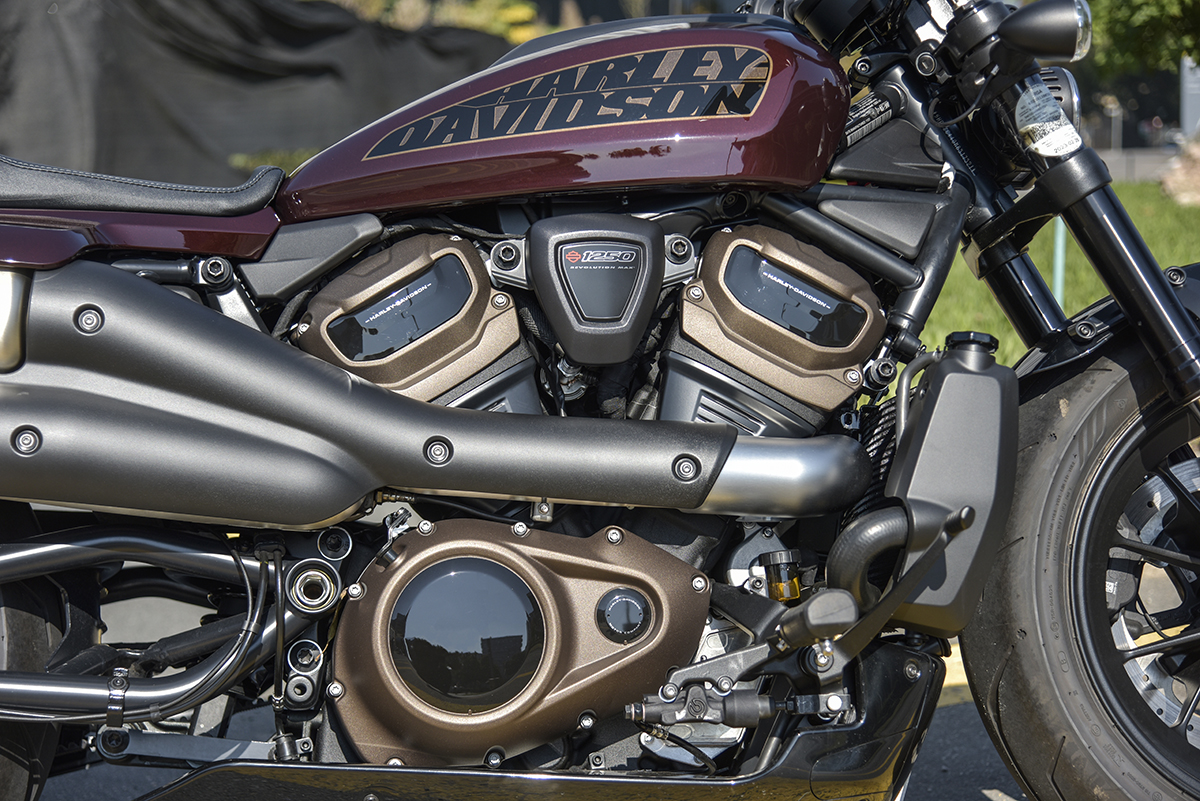
Here’s an interesting fact: since 1903, Harley-Davidson has designed and built only eight different large displacement V-twin engines: Flathead, Knucklehead, Panhead, Shovelhead, Evolution, Twin Cam, Revolution and Milwaukee Eight.
That’s pretty conservative but it does adhere to the “if it ain’t broke, don’t fix it” school of engineering thought, which is Harley’s stock-in-trade.
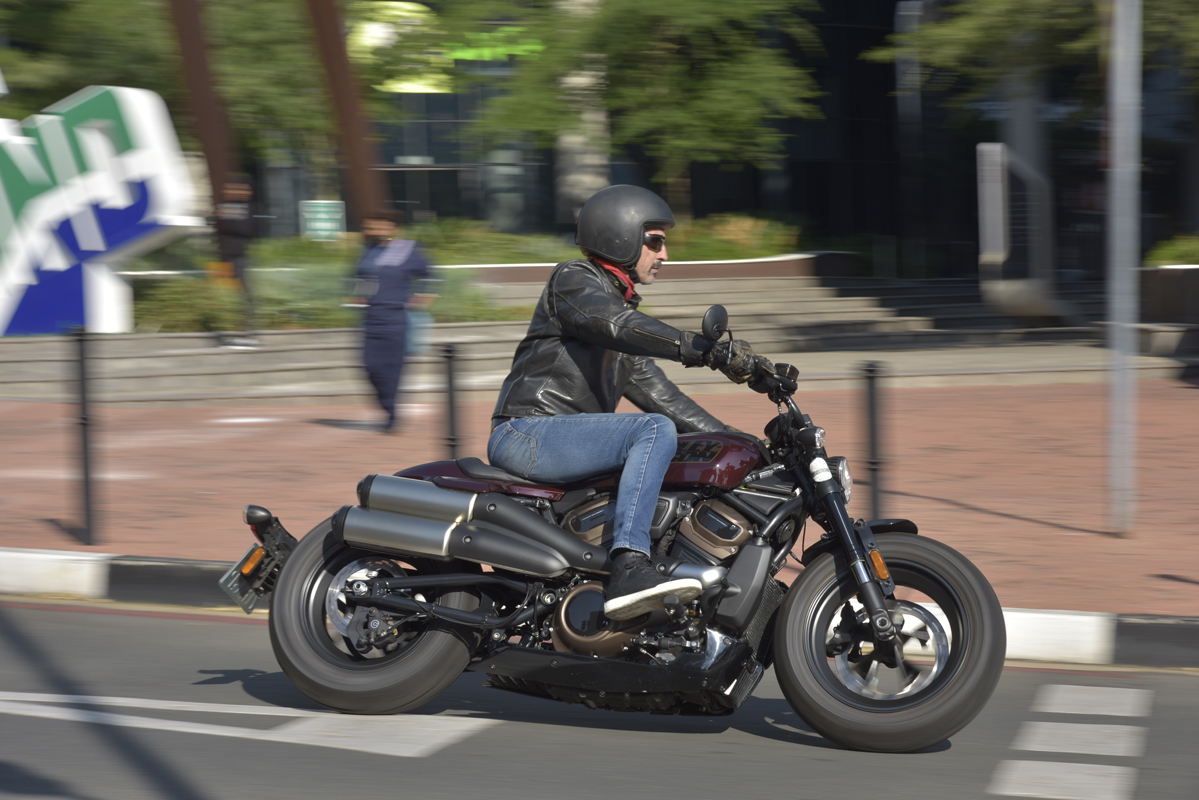
With that in mind, a new engine from H-D is a momentous occasion and, in the case of the new 1252cc Revolution Max, it is a statement of intent to drag the Motor Co. kicking and screaming into the 21st century. Air-cooled motors will only be permissible for an ever-shrinking period, given the difficulty of making them adhere to emission regulations, so liquid-cooling is essential.
Surrounding cylinders with water jackets enables the temperature of the combustion chamber to be much more tightly controlled, which means cleaner and more efficient burning of the air/fuel mixture, reducing tail-pipe emissions. A secondary benefit is a reduction in noise emissions.
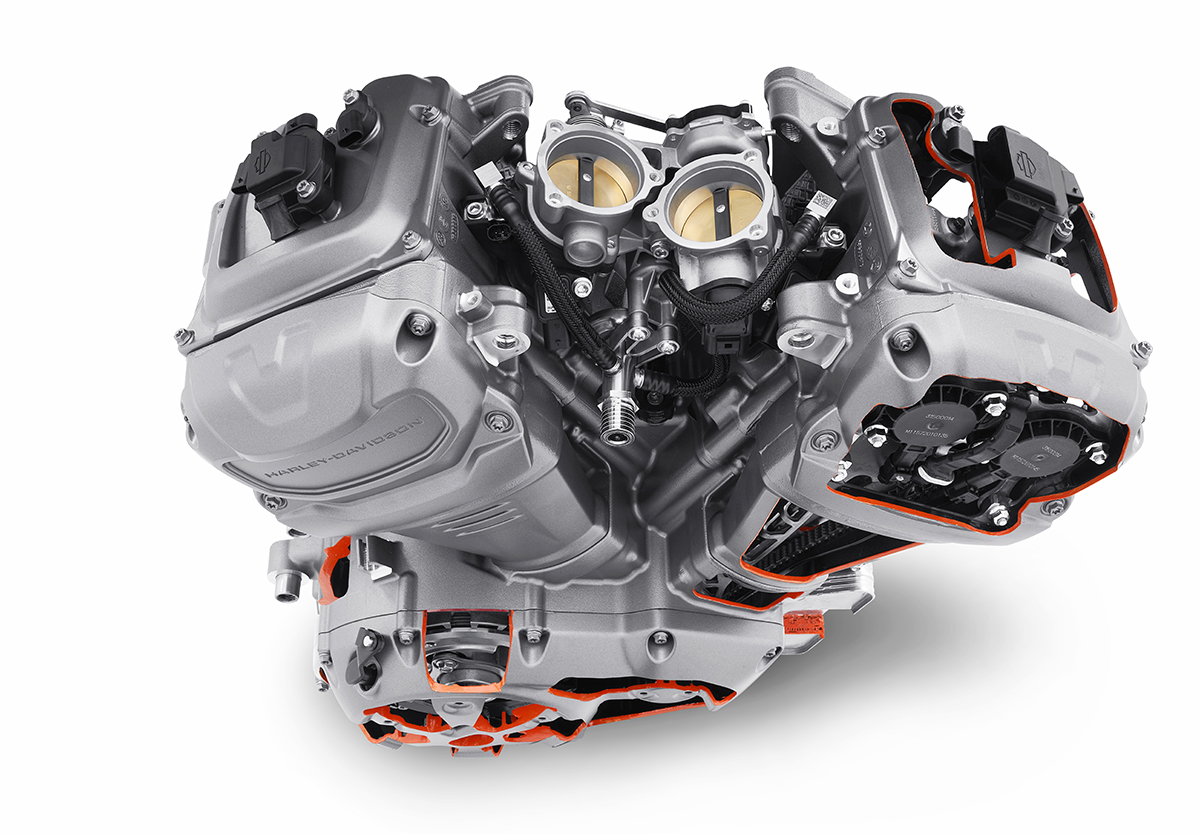
This isn’t Harley’s first foray into liquid-cooling. The original Revolution engine appeared in the V-Rod in 2002. Designed in collaboration with Porsche, it was a bold step at the time, but it was met with considerable success. Motorcycle Cruiser magazine wrote: “The V-Rod was intended to bring in more than the usual suspects, and it did. It became the company’s best-selling bike in other countries. In America, V-Rod buyers often came from other brands, attracted by its modern engine, excellent performance and not-the-usual-cruiser style”.
U.S. magazine Car and Driver was equally gushing: “We think the V-Rod is a serious threat to its own stablemates as well as to cruisers from other manufacturers. It’s that good”.
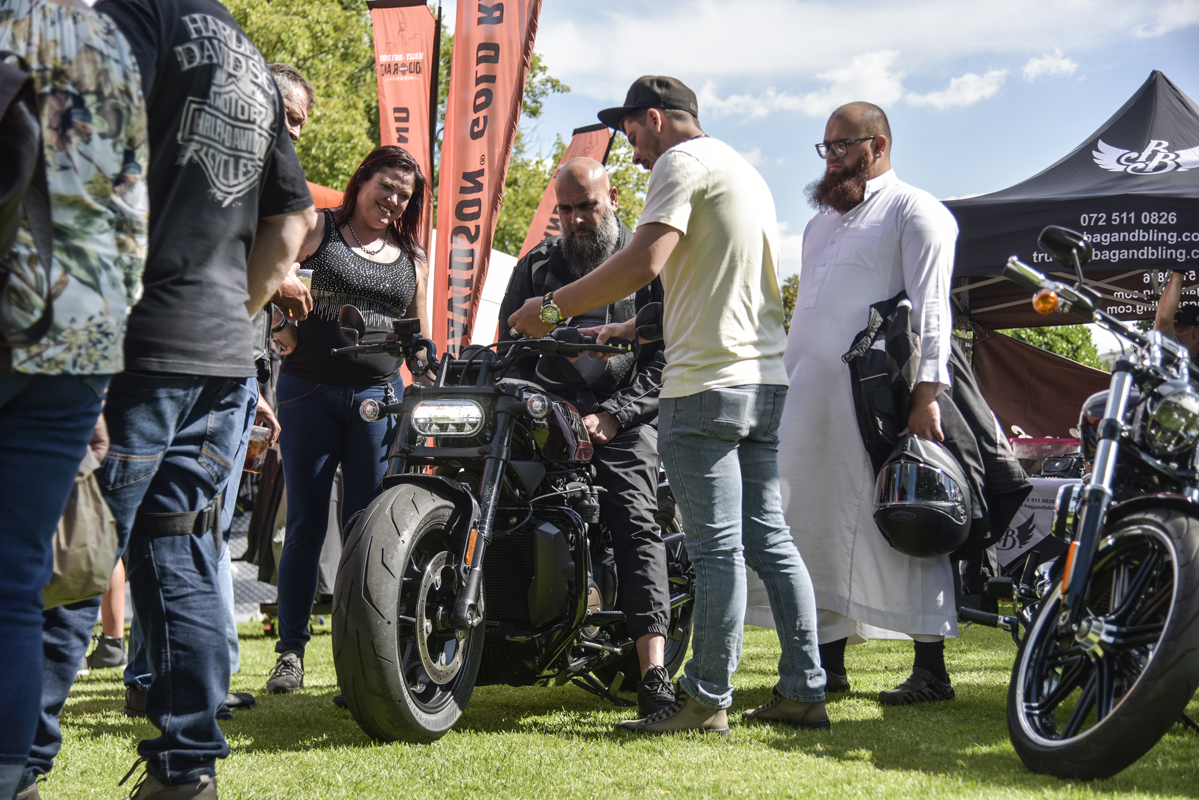
All of which makes it strange that, today, the V-Rod is a largely forgotten part of Harley’s history: forgotten, that is, other than by the people who bought and rode one and loved it.
But it is in the V-Rod that the seeds of the latest Pan America and Sportster S were sown. While the new Revolution Max engine might have little in common with the Revolution engine of the V-Rod, there are obvious similarities, not least of which are the double overhead camshafts and liquid cooling.
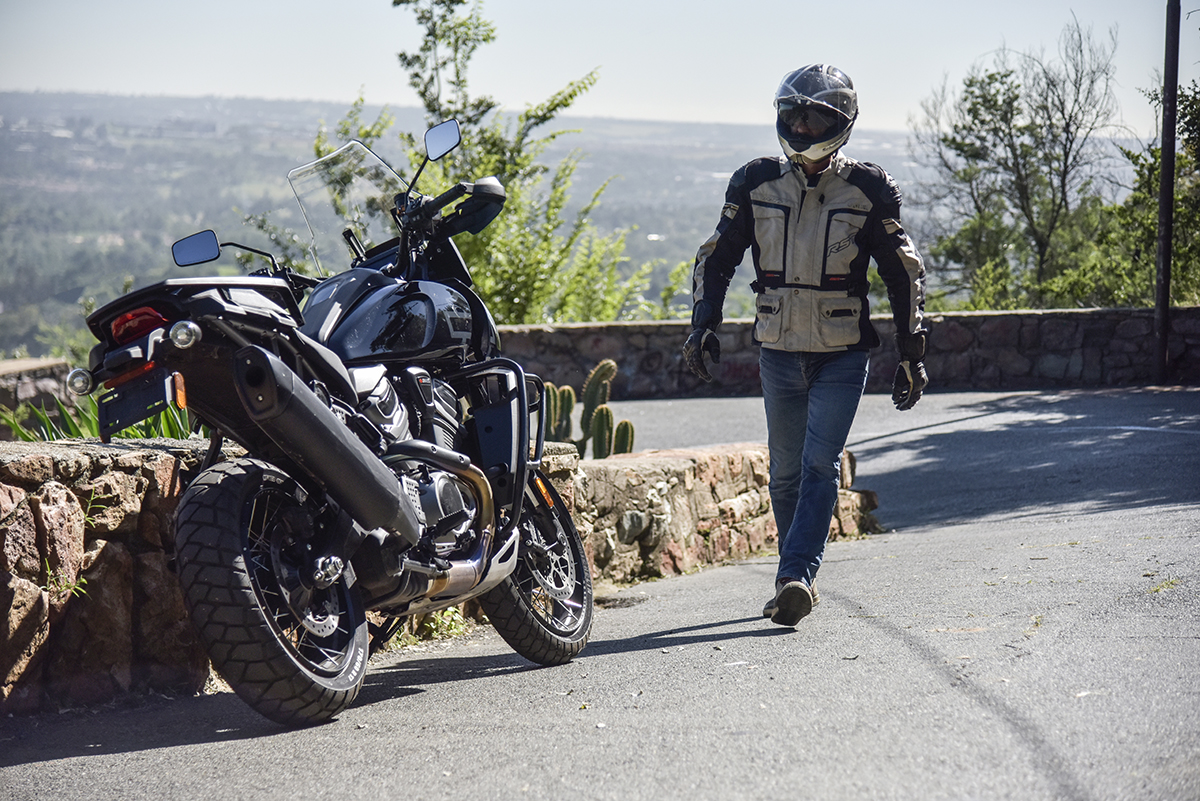
The other big difference is that this time, the new engine has first been installed in the most un-Harley, Harley ever: the Pan America adventure bike.
It had to be that way, of course. The Milwaukee Eight V-twin, with its separate gearbox, was always going to be far too heavy for an adventure bike application, not to mention likely to be legislated out of existence before too long due to being air-cooled.
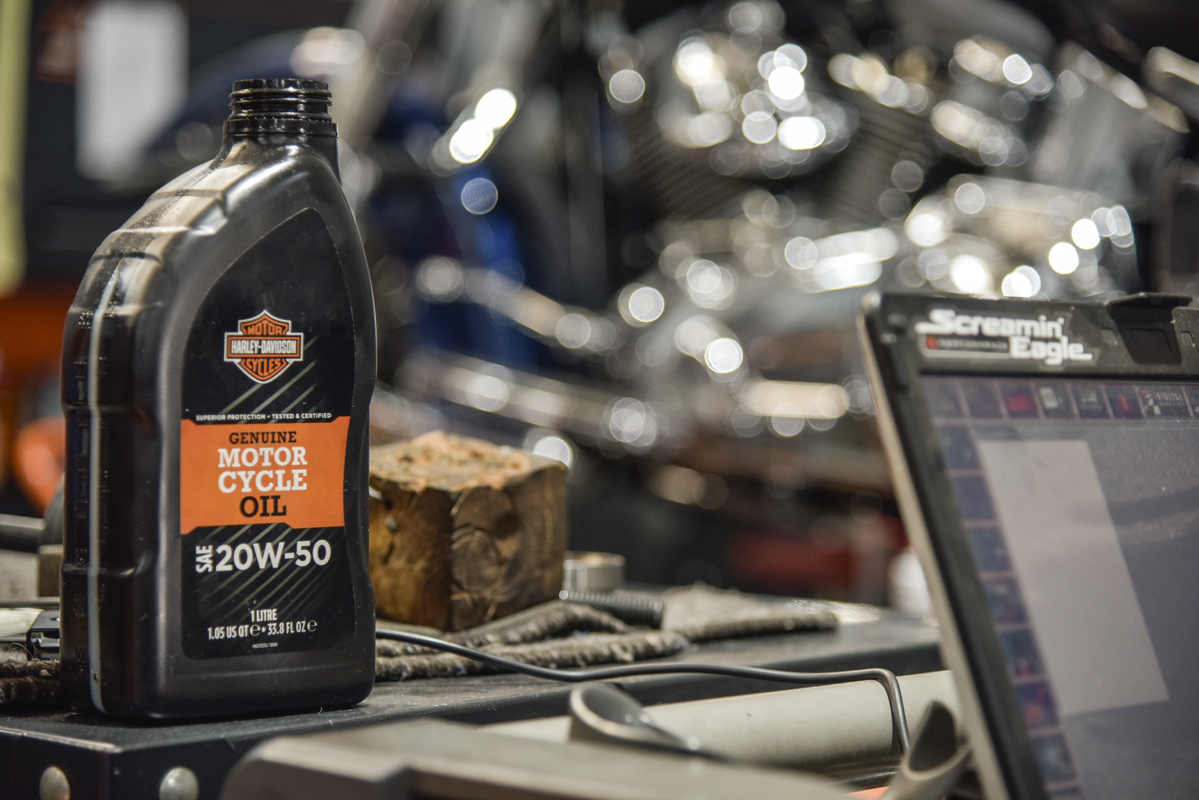
Weight, as much as power, is the defining design characteristic of the Revolution Max. To this end, lightweight materials have been used and the engine is designed to be a structural element of the chassis. By removing the need for frame tubes running under the engine, rigidity is improved, weight is saved and mass centralisation is made easier. A V-twin layout keeps the engine narrow and the 60° angle between the cylinders keeps it as compact as possible, while still allowing for the typical V-twin benefits of good low down torque. The presence of balancer shafts eliminates unwanted vibrations.
A large part of a Harley’s character comes from the sound and, while the Revolution Max might lose the ‘potato-potato’ sound traditionally associated with a Harley-Davidson, it still has the V-twin beat.
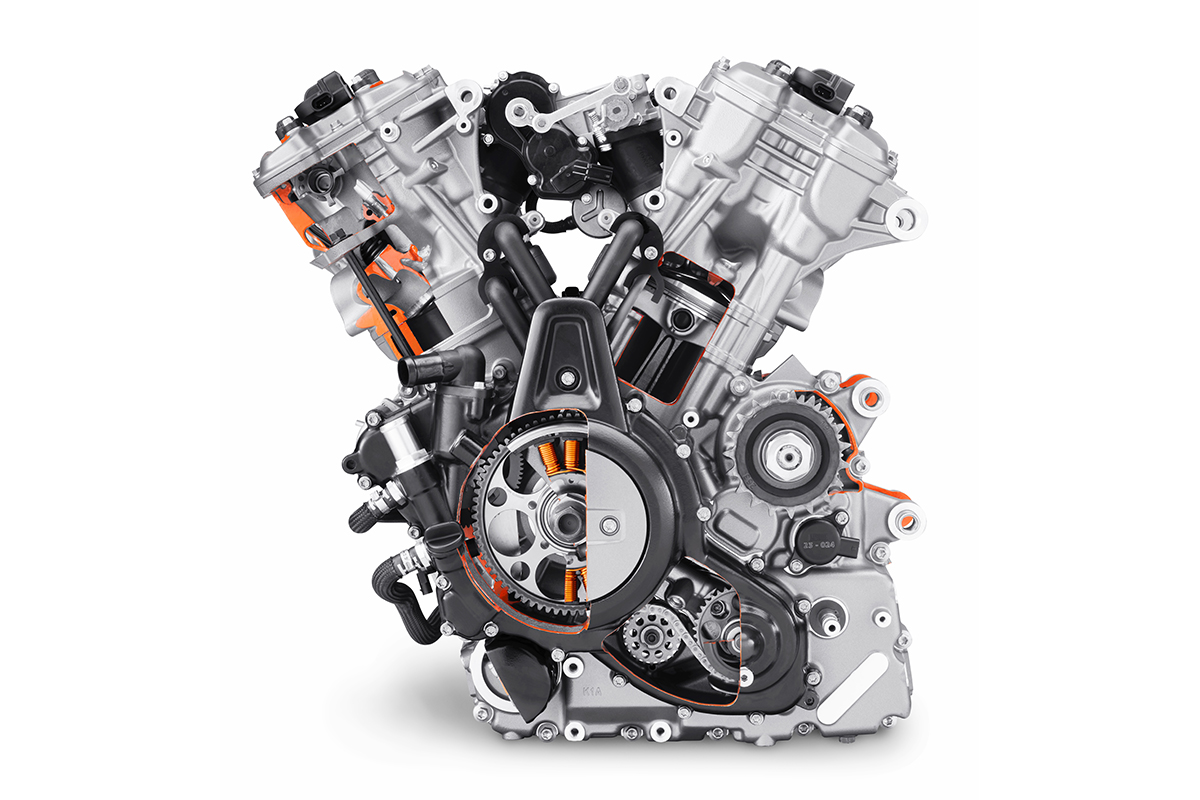
Another new development is Variable Valve Timing (VVT) for both the inlet and exhaust camshafts, which gives the best of both worlds: low down torque and top end power, making the engine power characteristics suitable for both road and off-road riding.
Here at ZA Bikers, we have ridden both the Pan America and the Sportster S, both of which use the 1252cc Revolution Max engine. In the Pan America, the engine produces 150bhp and 127Nm of torque. In the Sportster S, peak output is down to around 125bhp, while torque remains at 127Nm.
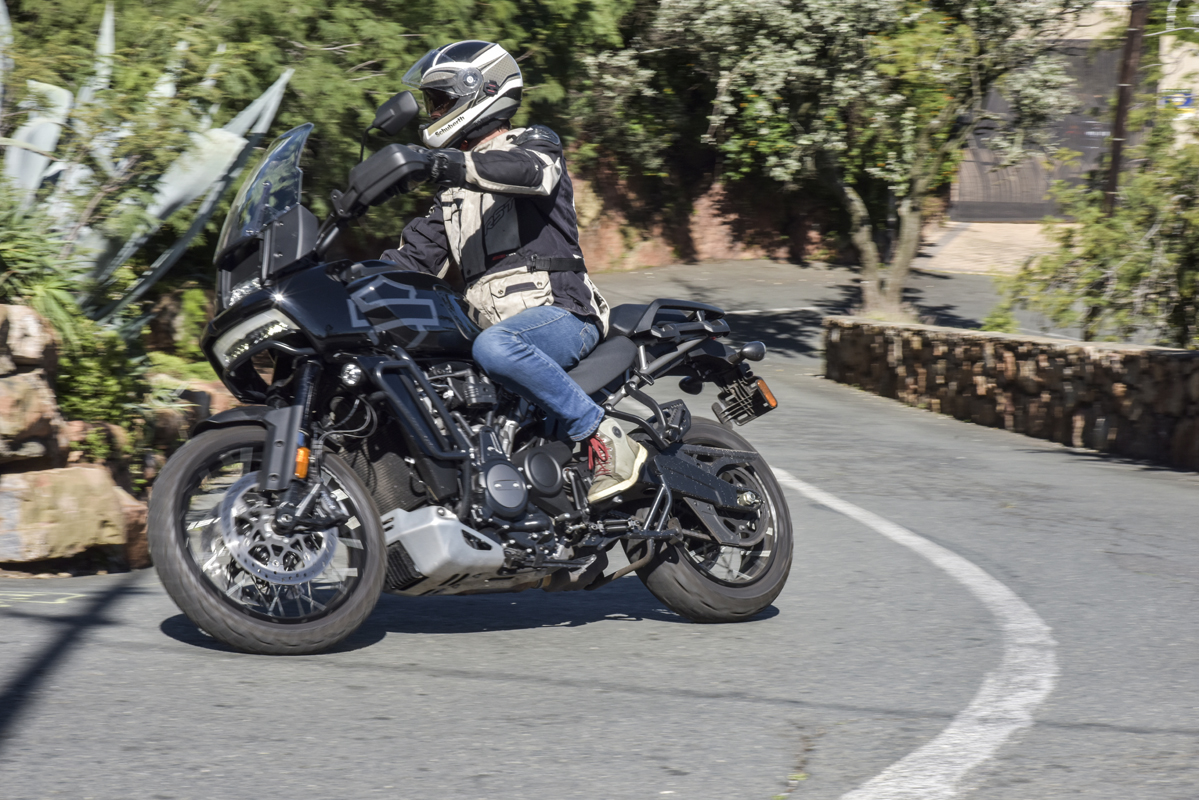
At the introduction of the Revolution Max, a 975cc version of the engine was also announced, with one possible application being the currently-on-hold Bronx Streetfighter model. While we hope that bike makes it to production sooner rather than later (recent trademark renewals in the U.S. suggest that Harley hasn’t completely abandoned the Bronx concept, although what final form it will take is open to conjecture) the 975cc engine has found a home in the new Nightster, the spiritual successor to the old Sportster, which was first introduced in 1957.
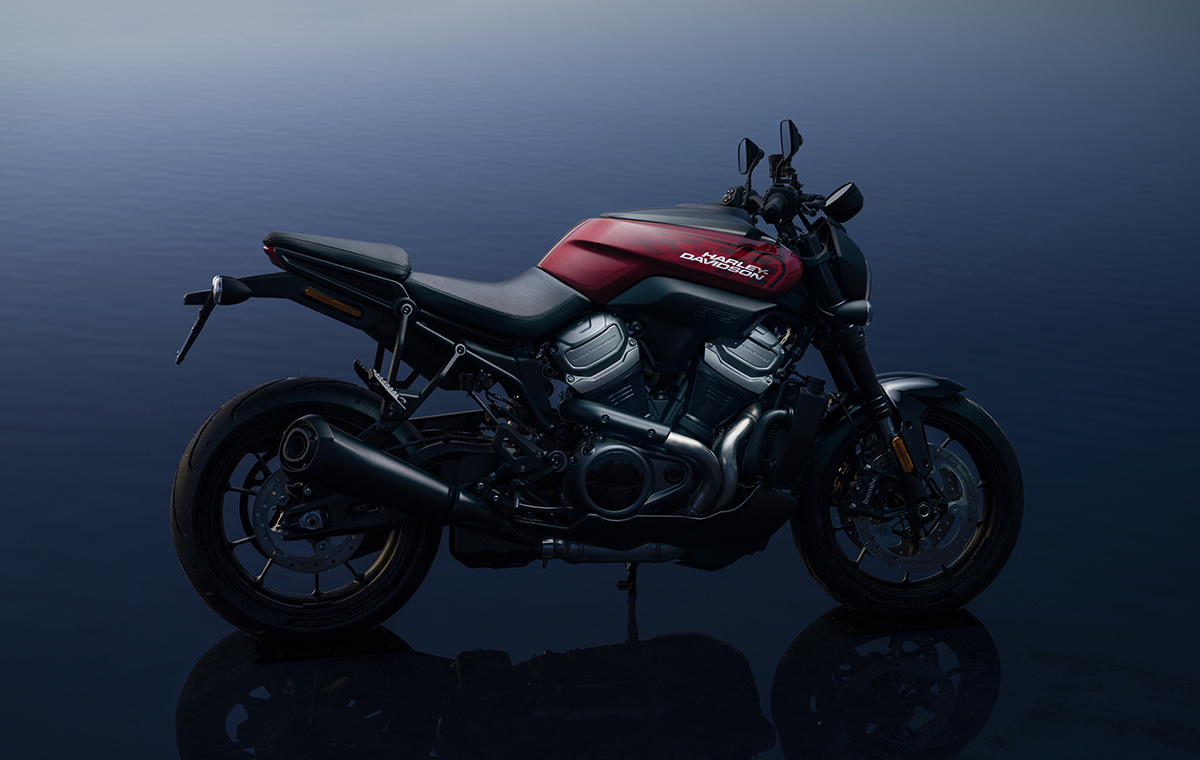
With 90bhp and 95Nm of torque, this engine easily outstrips the old 1200 Sportster’s power output of 68bhp but matches it for torque. We’ve yet to see the Nightster here in S.A. but if it is as good as the figures suggest and can build on the success of the Pan Am and Sportster S, Harley will find itself in a very healthy position heading into its 120th year.
Harley-Davidson Revolution Max 1250
For more information on the current Harley-Davidson’s powered by the Revolution Max 1250 motor, click on the links below…




